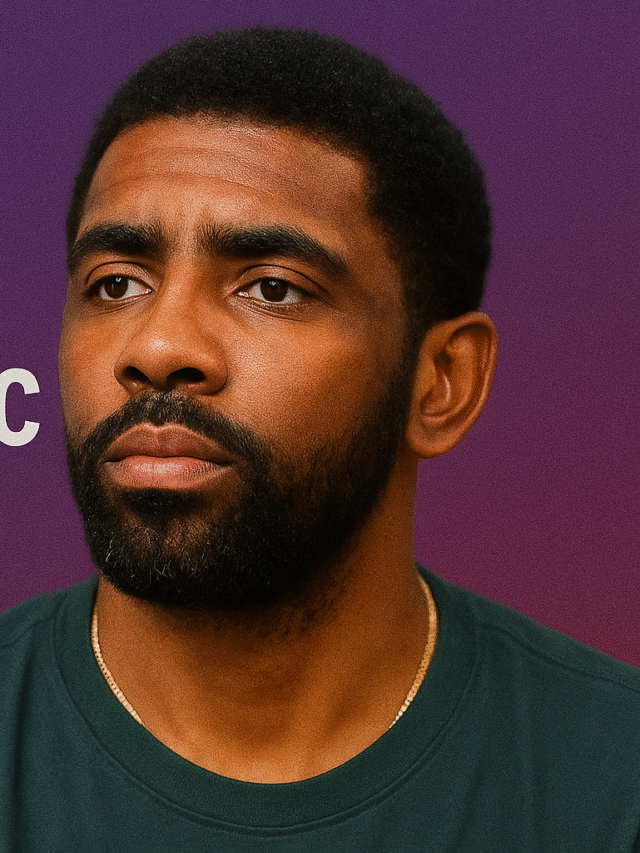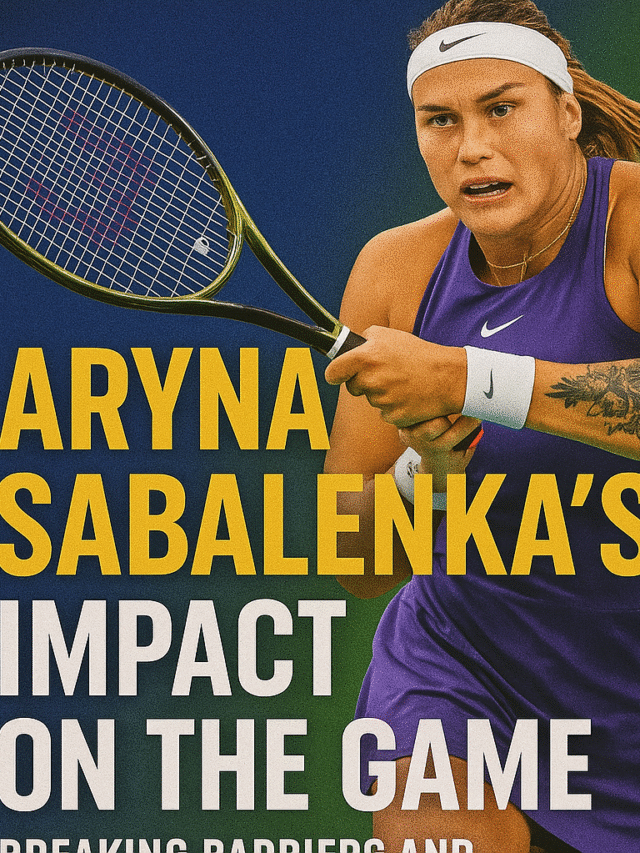Aljamain Sterling Last Fight: A Journalist’s Firsthand Report
My name is Mohit, and for the better part of a decade, I’ve covered the fight game. I’ve sat ringside for historic knockouts and witnessed legends fall. I’ve felt the floor vibrate from the roar of the crowd and the concussive force of a perfectly timed head kick. But some nights just feel different. The energy in the arena crackles with a unique kind of tension, a sense that you’re about to witness a definitive chapter being written in someone’s story. That was the atmosphere hanging heavy in the air for the Aljamain Sterling last fight.
From my press row seat, I could see the mixture of confidence and immense pressure etched on the faces of both fighters as they made their walks. The lights, the noise, the sheer spectacle of a UFC title fight can be overwhelming, but for the men in the center of it all, it’s a bubble of intense focus. Sterling, the “Funk Master,” carried himself with the familiar swagger of a champion who believes, unequivocally, in his own skill set. His opponent, Sean O’Malley, was the personification of calm, a stark contrast to the electric pink of his hair. This wasn’t just another title defense; it was a clash of styles, personalities, and trajectories.
The anticipation was palpable. Fans were divided, the betting lines were tight, and everyone from the casual viewer to the seasoned analyst had a strong opinion. For Sterling, this was about cementing his legacy. For O’Malley, it was about proving the hype was real. As the referee gave his final instructions and the cage door locked, a hush fell over my section. We were all holding our breath, ready for the explosion.

The Pre-Fight Atmosphere and The Walkouts
Before the first bell ever rings, a fight night tells a story. The energy inside the TD Garden in Boston was electric, a city with a rich combat sports history ready to host another monumental event. Walking through the concourse, you could feel the buzz. Fans in “Suga Show” gear mingled with those sporting “Funk Master” shirts. The debates were happening in real-time in the beer lines and at the merchandise stands. “Sterling’s grappling is too much,” one fan would say. “O’Malley’s striking is on another level,” another would counter.
This is the lifeblood of the sport: the passionate, informed, and often biased energy of the fanbase. As a journalist, my job is to remain objective, but it’s impossible not to get swept up in the moment. You feel the collective excitement building with every preliminary bout, each finish ratcheting up the anticipation for the main event.
When the lights dimmed for the co-main and then the main event, the arena transformed. The walkouts are a fighter’s first psychological play. O’Malley’s entrance was pure “Suga Show”—confident, relaxed, soaking in the moment as if he’d been there a hundred times before. He looked like a star, and the crowd reacted in kind, a wave of cheers washing over him.
Then came the champion. Aljamain Sterling’s walk is always more intense, more focused. You can see the weight of the championship on his shoulders, but it’s a weight he has learned to carry. He looked locked in, his eyes fixed on the octagon, blocking out the noise. The champion’s reception was more mixed, a testament to his polarizing style, but the respect for his position was undeniable. The contrast was stark and set the stage perfectly. In one corner, the flashy, rising superstar. In the other, the gritty, dominant, and often-underappreciated champion.
Round 1: A Tactical Chess Match
As the first round began, the strategic battle we all anticipated started to unfold. It was a classic striker versus grappler dynamic, but with layers of complexity. Sterling, known for his relentless pressure and awkward, high-volume kicking game, came out looking to close the distance. His plan was clear: get O’Malley backing up, force him to the fence, and initiate the grappling exchanges where he holds a massive advantage.
He threw his signature funky kicks, aiming to disrupt O’Malley’s rhythm and create openings. From my vantage point, you could appreciate the speed and deceptiveness of Sterling’s attacks. They aren’t always textbook, but they are effective at keeping opponents guessing. He was feinting, switching stances, and trying to overwhelm O’Malley with information.
However, O’Malley’s composure was immediately apparent. He is a master of distance management. He circled away from Sterling’s power side, using his long frame to maintain a safe range. His footwork was crisp and efficient. He wasn’t throwing much, but everything he did was purposeful. He was downloading data, processing Sterling’s timing, and looking for the perfect counter. He used his jab and front kicks to the body to keep Sterling at bay, probing for an opening.
The crowd was tense, appreciating the high-level chess match playing out before them. Every feint from Sterling drew an “ooooh” and every slick defensive movement from O’Malley an “aaaah.” It wasn’t a rock-em-sock-em brawl; it was a battle of wits and inches. Sterling managed to land a few leg kicks, the sharp thud echoing through the arena. He attempted a takedown late in the round, but O’Malley’s defense held up, sprawling effectively and quickly creating space. As the horn sounded, the round was incredibly close. You could make a case for either fighter. Sterling was the aggressor, pushing the pace, but O’Malley was the more efficient, controlled fighter. It felt like the calm before the storm.
Round 2: The Decisive Moment
The second round began much like the first. Sterling continued to press forward, understanding that a passive fight favored O’Malley’s counter-striking. He needed to force the action. He lunged forward with a blitz, a combination of punches designed to close the distance rapidly and overwhelm O’Malley’s defenses. It was the kind of aggressive move that had won him fights in the past, the kind that could smother an opponent and drag them into his world.
But this time, it was a trap.
O’Malley had been waiting for this. He had spent the first round calibrating his timing and distance. As Sterling rushed in, O’Malley did something beautiful in its simplicity and devastating in its effect: he took a small step back, creating just enough space. As Sterling’s punch sailed past his head, O’Malley uncorked a picture-perfect right hand.
The connection was clean. From my seat, the sound was sickeningly solid—a sharp crack that cut through the noise of the crowd. Sterling’s legs gave out immediately. He collapsed to the canvas, his equilibrium completely gone. The predator had become the prey in a split second.
O’Malley, ever the composed finisher, didn’t rush in wildly. He followed Sterling to the ground, calm and precise, and rained down hammer fists. The referee, Marc Goddard, was right on top of the action. He gave Sterling every chance to recover, to intelligently defend himself, but the damage was done. The champion was out of it. Goddard waved off the fight.
And just like that, it was over.
The TD Garden erupted. It was a mixture of shock and elation. The “Suga Show” had delivered on its biggest stage. The hype was real. For a moment, the entire arena was a chaotic swirl of noise and motion. O’Malley leaped onto the cage, roaring in triumph, a new king crowned in the most dramatic fashion possible. This single, explosive moment would be the defining image of the Aljamain Sterling last fight as bantamweight champion.

Post-Fight Analysis: What Went Wrong for Sterling?
In the aftermath, sitting there as the octagon filled with cornermen, officials, and family, the analysis begins. What went wrong for Aljamain Sterling? It wasn’t a case of him being completely outclassed for five rounds. It came down to a single, critical miscalculation.
Sterling’s greatest strength—his relentless pressure—became his downfall. Against a counter-striker as precise and powerful as O’Malley, that forward blitz is a high-risk, high-reward maneuver. In this instance, the risk did not pay off. O’Malley’s fight IQ and patience were on full display. He refused to be drawn into a chaotic brawl and waited for the exact opening he had trained for.
From a technical standpoint, Sterling overextended on his punch, leaving his chin exposed. O’Malley’s counter was a textbook example of intercepting an opponent’s momentum. By stepping back just slightly, he amplified the force of his own blow against Sterling’s forward motion. It was a collision of immense force.
You also have to credit O’Malley’s defensive awareness. Sterling’s entire game plan hinged on getting the fight to the mat. O’Malley’s takedown defense in the first round was crucial. It forced Sterling to keep engaging on the feet, where O’Malley had the clear advantage. By neutralizing Sterling’s primary weapon, he forced him to play a dangerous game. This pivotal fight served as a stark reminder of how quickly fortunes can change inside the octagon.
The Aftermath in the Arena
Witnessing a title change hands in person is a unique experience. You see the raw, unfiltered emotion up close. On one side of the cage, there was pure joy. O’Malley was mobbed by his team, the UFC gold finally wrapped around his waist. He was charismatic and confident on the microphone, calling out his next opponent and embracing his newfound stardom. The “Suga Era” had begun.
On the other side, there was the quiet heartbreak of defeat. Sterling handled the loss with incredible class and professionalism. He was visibly devastated, but he showed respect to the new champion. Watching him, you could see the weight of the moment sinking in. The long road to the top, the grueling training camps, the pressure of being the champion—all of it culminating in a sudden, brutal loss.
The walk back from the octagon is the loneliest journey in sports. As Sterling exited, the cheers for O’Malley were still deafening. It’s a harsh reality of the fight game. My colleagues and I in the press section were already typing furiously, filing our stories, trying to capture the gravity of what we had just witnessed. The narrative of the bantamweight division had been completely rewritten in less than two rounds. The Aljamain Sterling last fight of his championship reign had ended, and a new story was just beginning.

What’s Next for Aljamain Sterling?
The question on everyone’s mind now is: what’s next for Aljamain Sterling? A loss like this, especially a knockout, can be difficult to come back from. But Sterling is a resilient and intelligent fighter. He has faced adversity before and returned stronger.
His path back to the title is clear, though not easy. He remains one of the top contenders in a shark tank of a bantamweight division. A fight against another top-five contender like Merab Dvalishvili (though they are close teammates and have vowed not to fight), Cory Sandhagen, or even a returning Henry Cejudo would immediately put him back in the title conversation.
There has also been talk of a potential move up to the featherweight division (145 lbs). Sterling is a large bantamweight, and the weight cut is notoriously difficult for him. A move up could see him revitalized, facing new challenges without the drain of a severe weight cut. Fights against opponents like Max Holloway, Yair Rodriguez, or even the champion Alexander Volkanovski are tantalizing prospects.
Ultimately, his next move will depend on his physical and mental recovery. He needs to take time to heal, analyze the fight, and decide what he wants for the future of his career. One thing is certain: the “Funk Master” is far from finished. He has the skills, the heart, and the championship experience to climb back to the top of the mountain. This loss is a setback, but it may just be the start of a new, compelling chapter in his career. The journey following the Aljamain Sterling last fight for the belt will be one that every MMA fan watches with keen interest.










